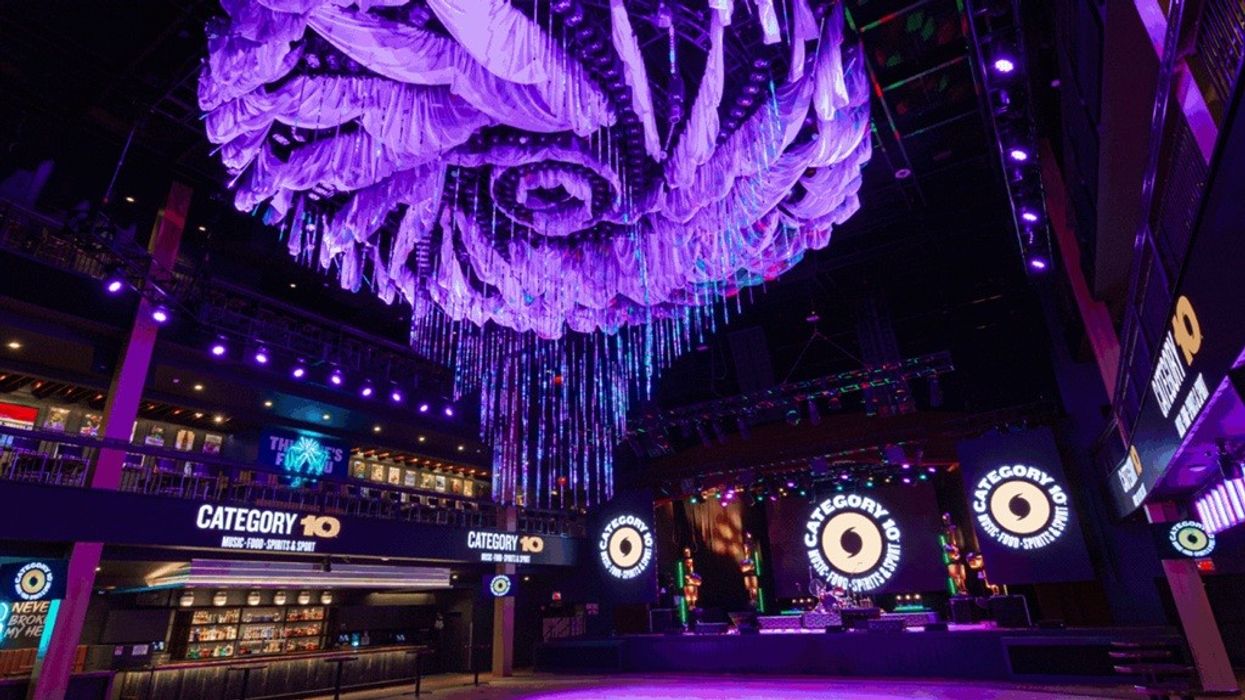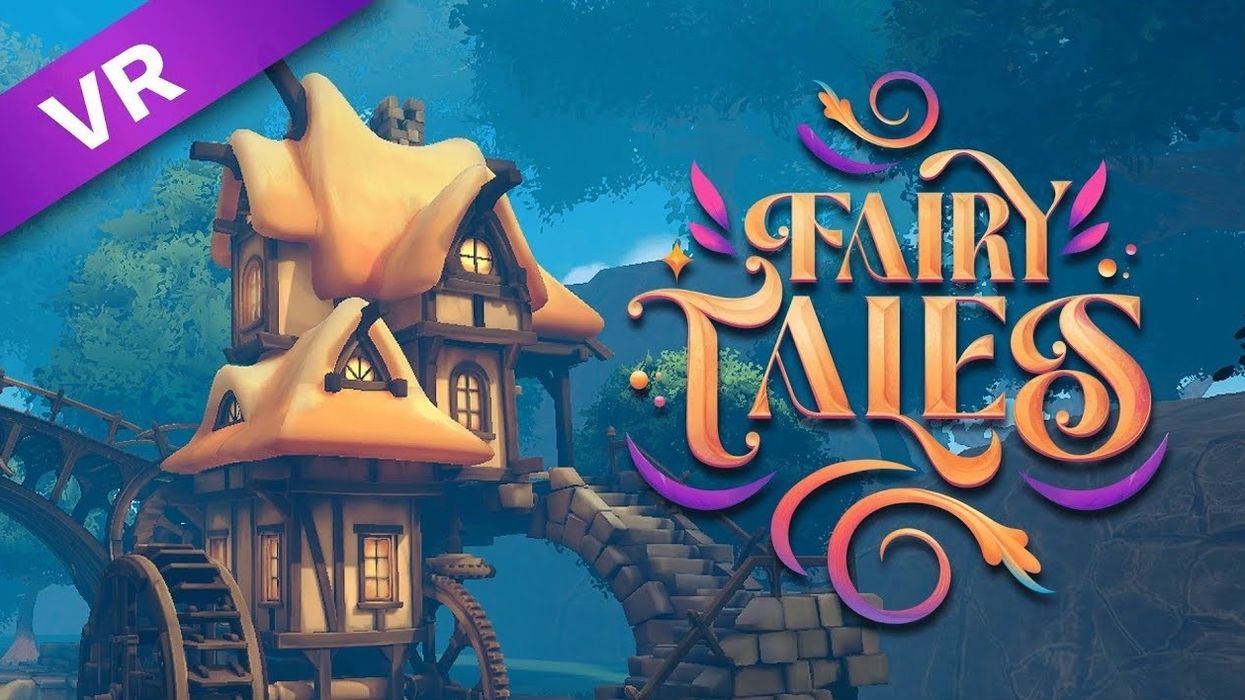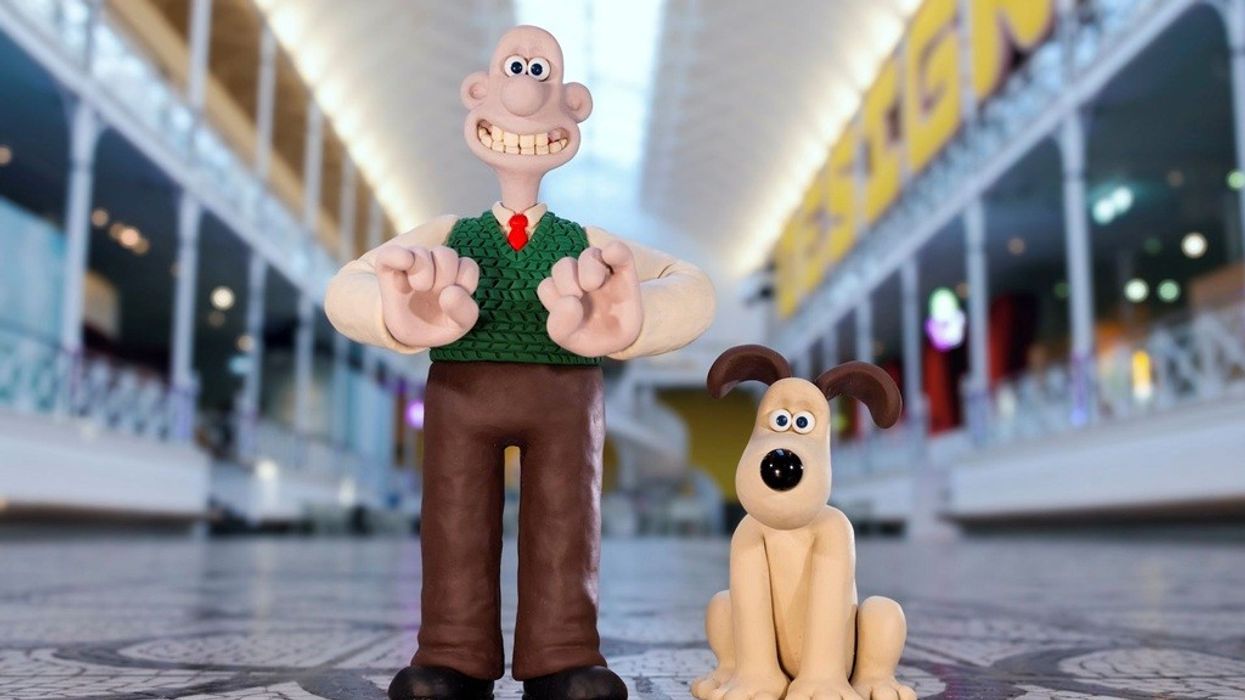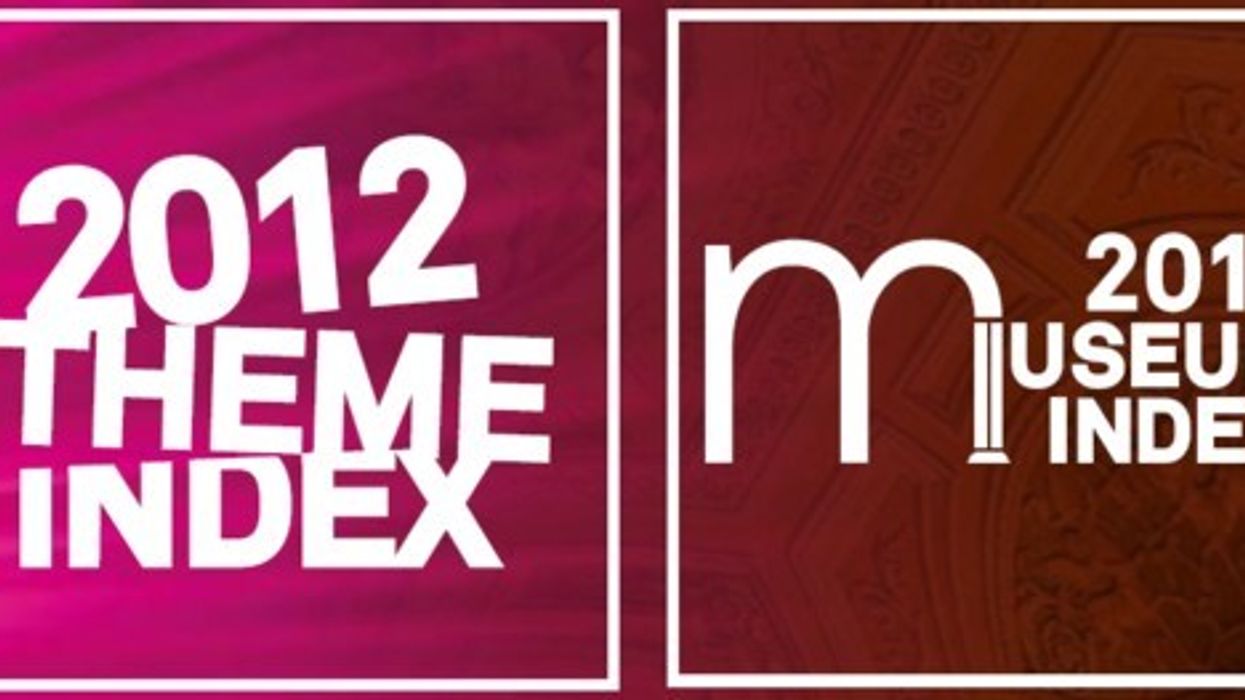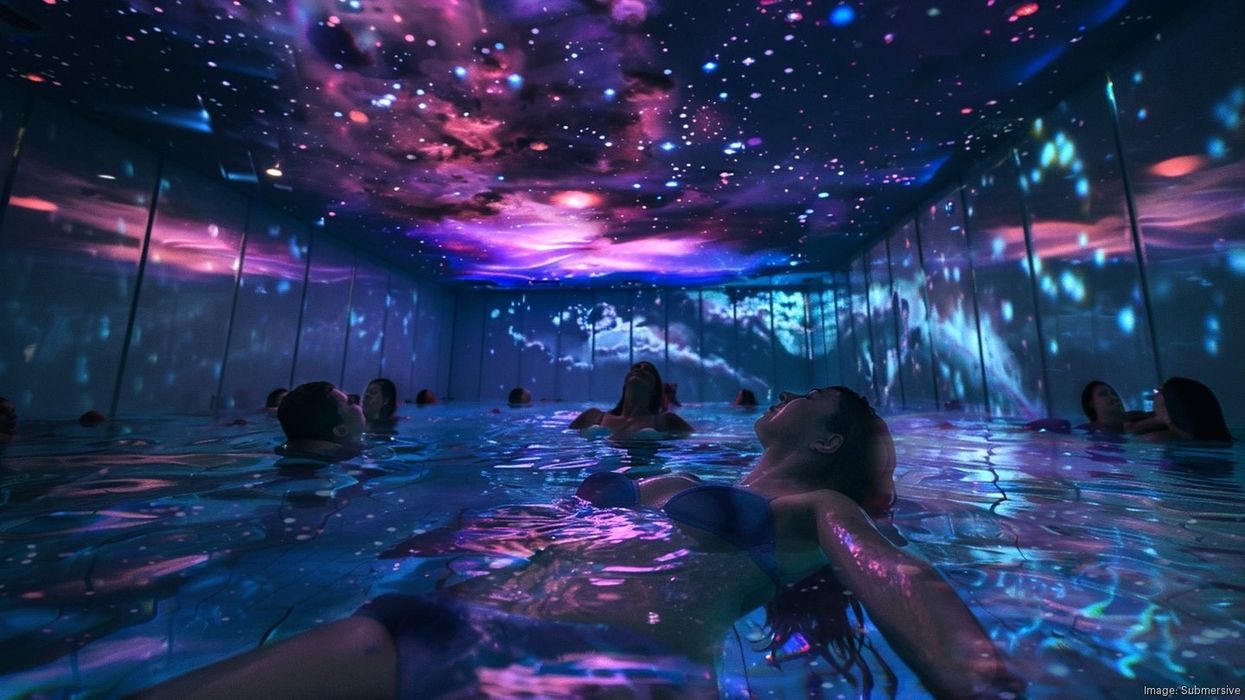Journey, a global design and innovation studio pioneering multidimensional experiences (MDX), has shared insights into how brands are expanding beyond their usual platforms to create destinations that deeply resonate with their audiences.
These physical, immersive spaces allow organisations to move beyond simple consumer transactions and create ‘brand homes’ that promote genuine connections and community.
"Today’s most successful brands are designing destinations," says Matt Quinn, managing director at Journey, "they’re no longer defined by a single space or moment in time, but by the interconnected universe of experiences they create."
Strategic worldbuilding: case studies
To explore this topic, the studio highlights a range of case studies spanning different approaches and different industries:
Netflix
Netflix has experimented with immersive events and pop-ups that appeal to its devoted fan base, such as The Queen's Ball: A Bridgerton Experience.
However, with Netflix House, the business is establishing stronger roots and further demonstrating its innovation and distinctiveness. Here, fans can explore the worlds of a wide range of the company's titles, from Squid Games to Stranger Things.
Utterly immersive, this ranges from in-show experiences to themed food and exclusive merchandise, optimising the company’s IP and potentially generating new revenue streams, retaining subscriptions, and maintaining fan engagement between seasons of hit shows.
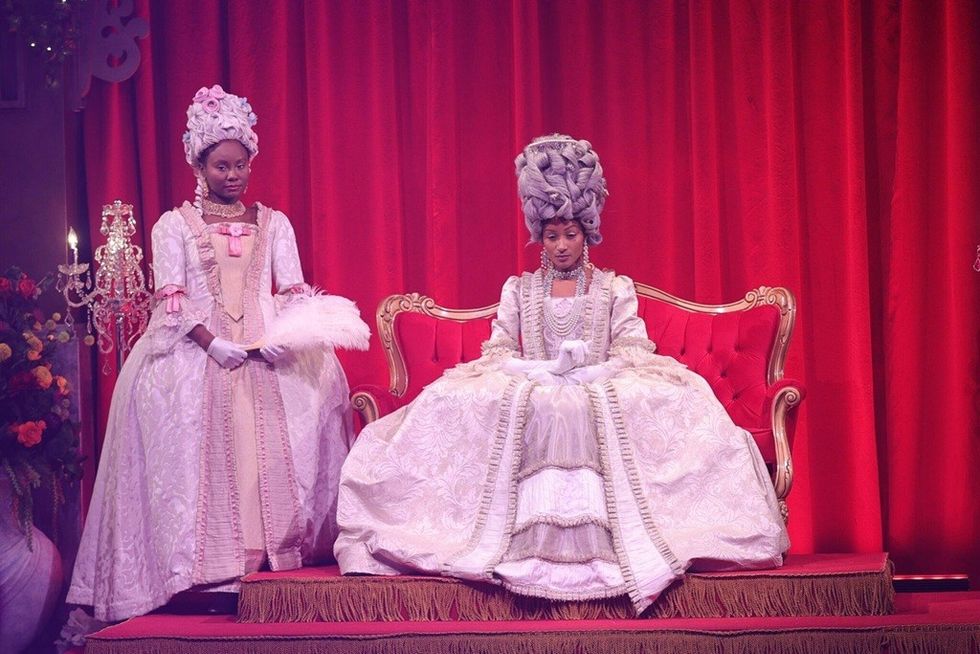
Studios can no longer simply release a movie and hope it succeeds, says Quinn. The future is about creating deeper, more engaging connections with visitors.
Although Walt Disney pioneered this approach, any brand can begin implementing it on its own scale. Netflix, for example, is repurposing former department stores for its Netflix House locations, in an intentional and laudable example of adaptive reuse.
House of Vans
In 2014, London’s House of Vans opened in a 30,000-square-foot underground space beneath the tube, a setting that perfectly reflected its audience and skate culture.
Designed by skateboarders, it featured a skate park, a live music venue, a cinema, an art gallery, and areas for community talks, all of which were free entry.
House of Vans expanded to various locations, and its flagship London site welcomed 1 million visitors before closing in 2022. Its legacy continues today with the Mexico City House of Vans.
It remains a compelling example of how a major brand can genuinely enter entirely new physical spaces and build cultural relevance through a mutually beneficial relationship with the community it serves.
ABBA Voyage
Exemplifying the power of big thinking, Industrial Light & Magic studio created bespoke digital avatars of the ABBA band members as they appeared at the height of their glory, which perform a 22-song set in a custom-built arena in London.
While Bloomberg reported that ABBA Voyage is one of the most expensive productions in music history, it now grosses $2 million a week and has been sold out since opening in 2022.
Quinn says that the key is that it's not entirely digital. The avatars are joined by a 10-piece live band, 500 physical lights enhance the show, and other traditional technologies are at play.
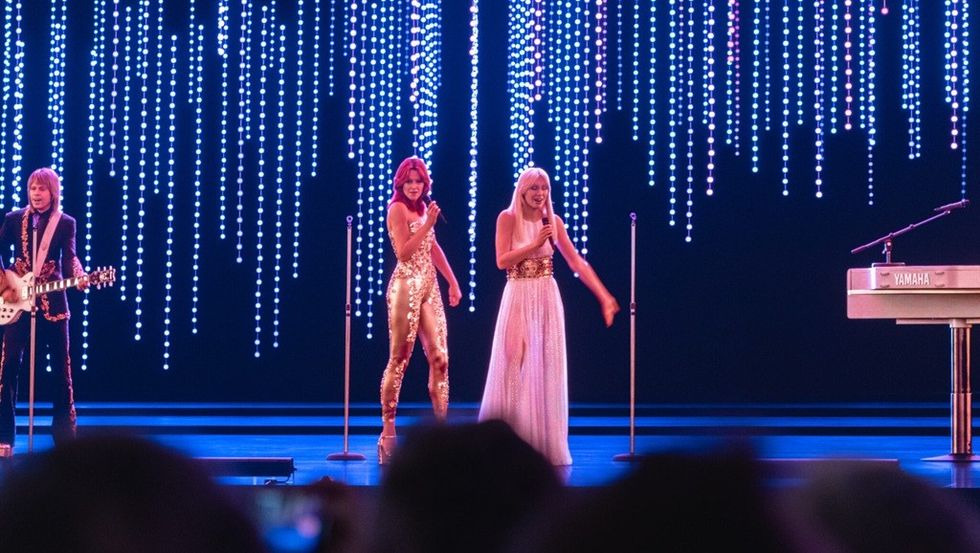
"Great physical design mixed with digital technology, mixed with performance," he says. "You truly do step into a different world."
ABBA Voyage shows the true potential of going beyond the fans' ultimate daydream experience, says the studio, to experiment with IPs that may seem frozen in time.
“Consider Frank Sinatra doing an avatar performance in a Hoboken speakeasy,” Quinn says. “It’d be sold out for years.”
Category 10
Country musician Luke Combs’ new bar in Nashville, Category 10, features a honky tonk, massive dance hall, bourbon speakeasy, sports bar and rooftop bar across several levels.
Journey collaborated with Combs on the project to explore the question: “If an artist is going to say, ‘This place is my home,’ what would they want to see in it?”
Everything was created through Combs’ perspective, appealing to his fans while strengthening his brand in entirely new ways.
As a result, the venue welcomed 1,500+ guests at its inaugural performances and anticipates 4 million annual visitors. The project also resulted in a scalable concept.
Today, people don’t just want to hang out in bars, says Quinn, they want to be part of an experience.
Delta’s Flight Museum
Delta’s Flight Museum in Atlanta opened in 2014 to show an array of extraordinary historic aircraft and offer a destination for fans of Delta and aviation more widely.
As the brand's 100th anniversary approached, the company sought to refurbish the museum and create an immersive, living showcase of its history.
In one element of the project, Journey worked on an XR LED-enveloped stage, where guests select a global Delta destination, hop on a virtual flight, and have their photo taken there.
Other exhibits include the Delta Centennial Timeline, a vast digital mural that tells the brand's story through projection mapping, physical elements and sound design, and hubs that enable visitors to explore aviation jobs or try a revamped flight simulator.
Formula 1
So what makes a brand MDX?
"The most successful brands are no longer defined by a single space or moment in time, but by the interconnected universe of experiences they create, worlds that fans can step into, learn from, and shape for themselves," says the studio.
For example, Formula 1's evolution from a sporting spectacle into a cultural ecosystem that connects audiences worldwide through exhibitions, live events, and immersive experiences.
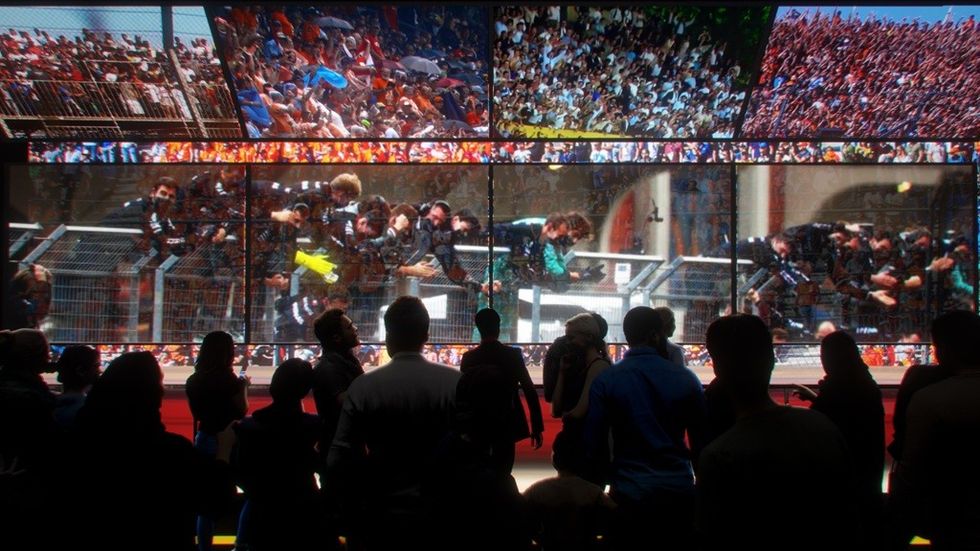
When the F1 Exhibition opens in cities from Tokyo to London, it introduces visitors to F1’s rich legacy of innovation, drama, and design through cinematic storytelling, spatial design, and sound.
Furthermore, F1 DRIVE London reimagines how close you can get to the action. Situated underneath Tottenham Hotspur Stadium, it turns the out-of-season stadium into an interactive, data-driven karting experience where visitors can race, compete, and feel the thrill of F1.
Together, these experiences create an integrated brand ecosystem that connects with both new and established audiences on a cultural, experiential, and emotional level.
"Each activation reinforces the others," says Journey, "linking F1’s rich history, innovation, and participation into a cohesive whole."
Crafting a larger journey
The most innovative companies are creating destinations that go beyond marketing to grow and evolve with their audiences. This establishes real places for people to gather, explore, and feel a sense of belonging.
"When every encounter feels part of a larger journey, a brand stops being something you consume and becomes something you live inside," says the studio.
"Ultimately, in life we learn from experience; we learn by doing rather than simply observing. Immersive multidimensional spaces generate more than just memorable moments. They represent the next evolution of brand loyalty and cultural relevance.
"Whether you’re a streaming giant, a global sneaker brand or a legacy airline, the goal is the same: show up in the real world with purpose, perspective and presence.
"The brands that thrive tomorrow are the ones building authentic and innovative physical spaces today."
Last month, Journey reflected on the success of Expo 2025 Osaka, and its contribution to the Kingdom of Saudi Arabia pavilion.
